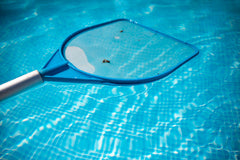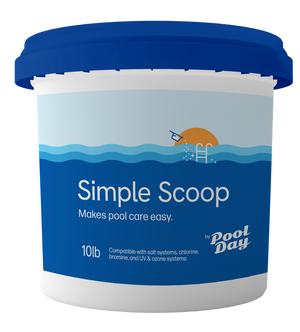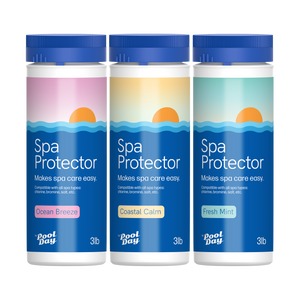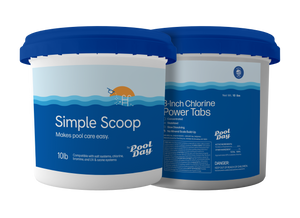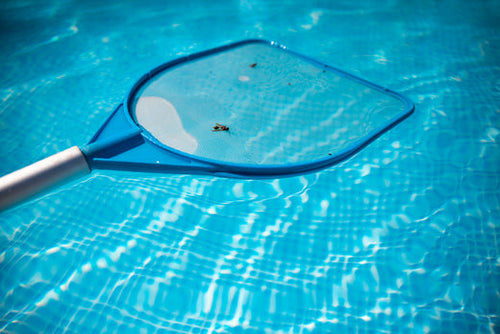Free Chlorine vs Total Chlorine: What's the Difference??
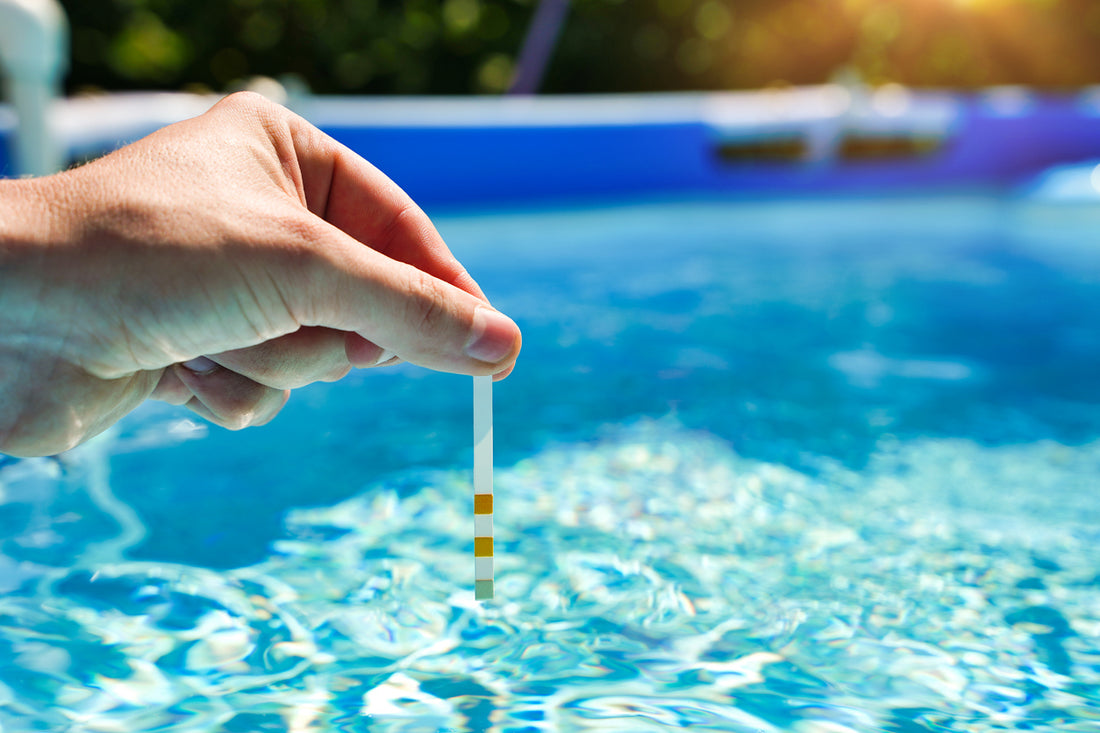
Why do most test strips show 2 different values for chlorine? Isn't all chlorine the same? Why isn't some of the chlorine free--who put them in jail?
Understanding Free Chlorine vs. Total Chlorine can be a little confusing at first, but don't worry! We will walk you through what they are and how to address each!
What is the difference between Free Chlorine and Total Chlorine?
Before we get into Free Chlorine vs Total Chlorine, it is important to understand a bit about how chlorine works. When you add chlorine to your pool (in tab, liquid, or any other form) it reacts with contaminants in your water and turns into Combined Chlorine, which is also known as "spent chlorine" since it has been used up. Combined Chlorine is no longer as effective and is the cause of that strong chemical odor often found at public pools. Also, Combined Chlorine can irritate eyes and skin, so it is not the greatest thing to have around.
Ok, so now we know when we add chlorine some of it can turn into combined chlorine. How does this tie into Free vs. Total Chlorine?
Free chlorine refers to the amount of chlorine that is available to disinfect water. This is the good stuff that is going to keep your pool clean; it does NOT include combined chlorine. Free chlorine kills bacteria, viruses, and algae in water, making it safe for human use.
Total chlorine, on the other hand, refers to the sum of BOTH free chlorine and combined chlorine. So this is all the chlorine you have, whether it has been spent or not. So, Total Chlorine = Free Chlorine + Combined Chlorine!
Ok, so now I know what Free Chlorine and Total Chlorine are. What do I do about them??
Monitoring Free Chlorine and Total Chlorine is an important part of pool care. That is why most test strips include both of these values. You should test your chlorine levels once per week, and then compare the value of Free Chlorine to Total Chlorine to determine how to proceed:
If your Total Chlorine is below 2.0 ppm, you need to add more chlorine to your pool. Make sure you are using the correct amount of chlorine for your pool size and you can use chlorinated pool shock instead to quickly raise your Total Chlorine levels.
When the Total Chlorine number is more than 0.3 ppm above your Free Chlorine level, you have too much Combined Chlorine. Add Chlorine Free Shock to break down the Combined Chlorine.
If the Free Chlorine level is above 2.0 ppm and Total Chlorine is no more than 0.3ppm higher, you're levels are good! You don't need to do anything to change these levels, but using Chlorine Free Shock or Simple Scoop weekly can help keep your existing chlorine working efficiently and prevent Combined Chlorine from building up.
And that's it! If you have any questions, feel free to contact Pool Day for help from a dedicated pool care expert!



